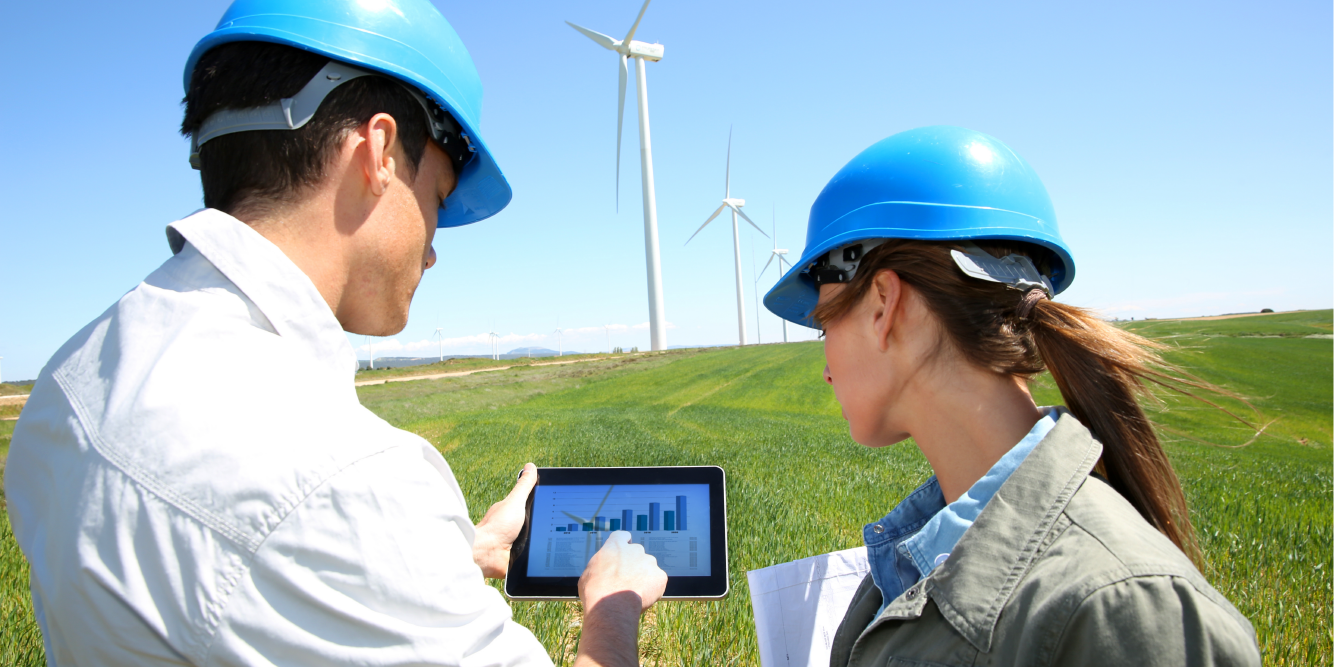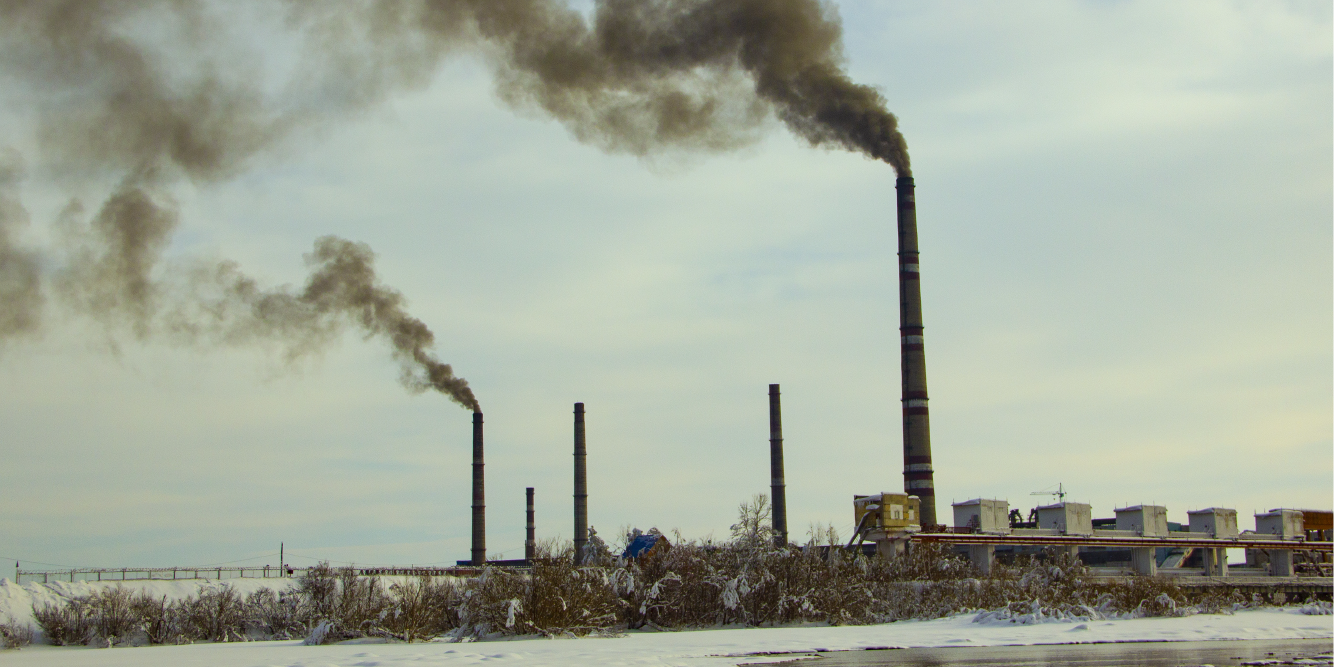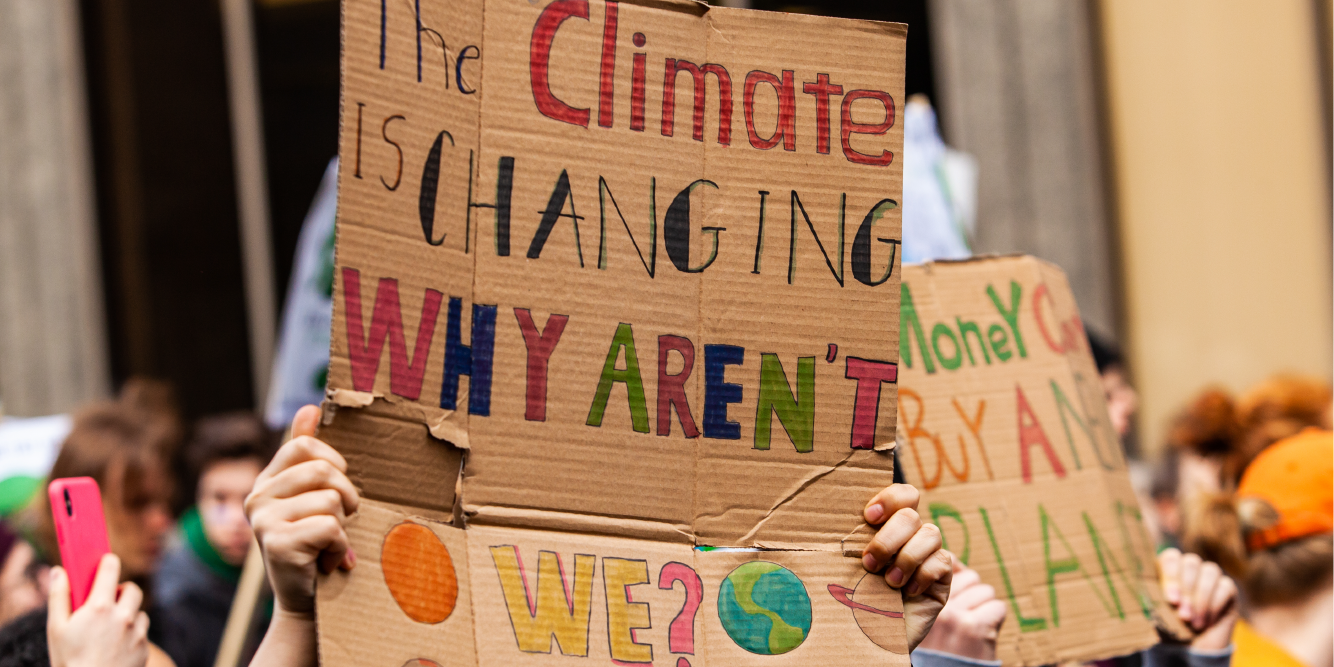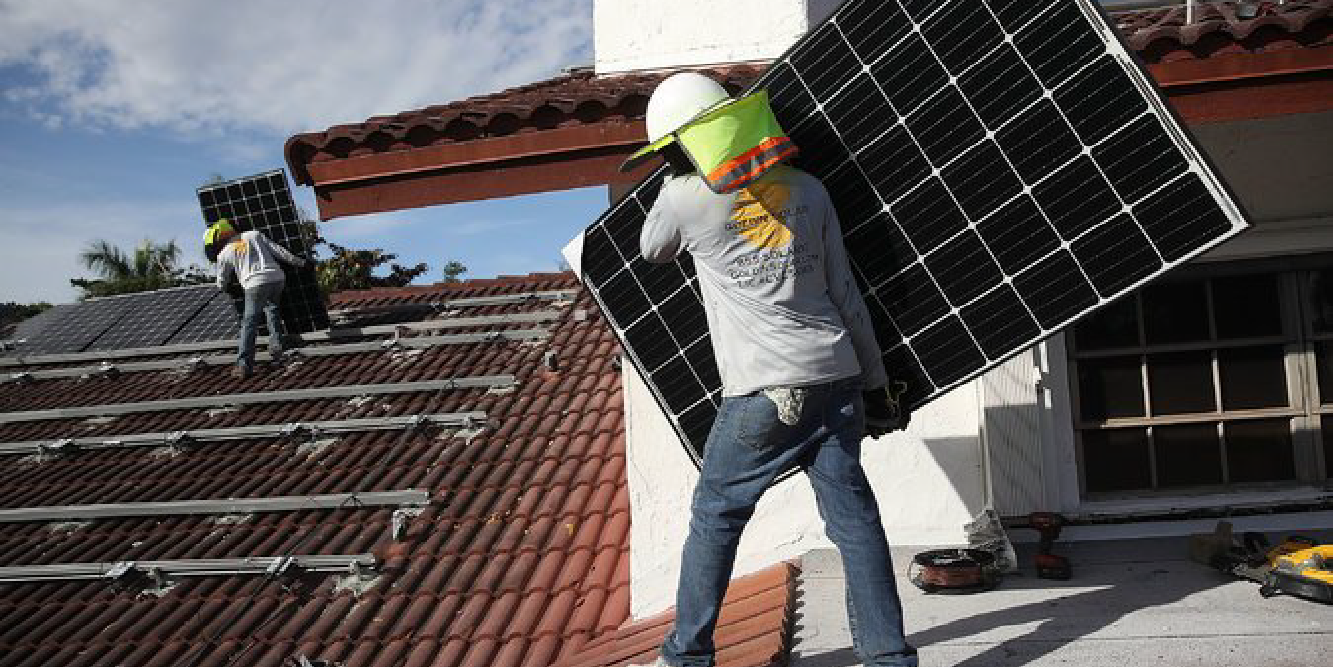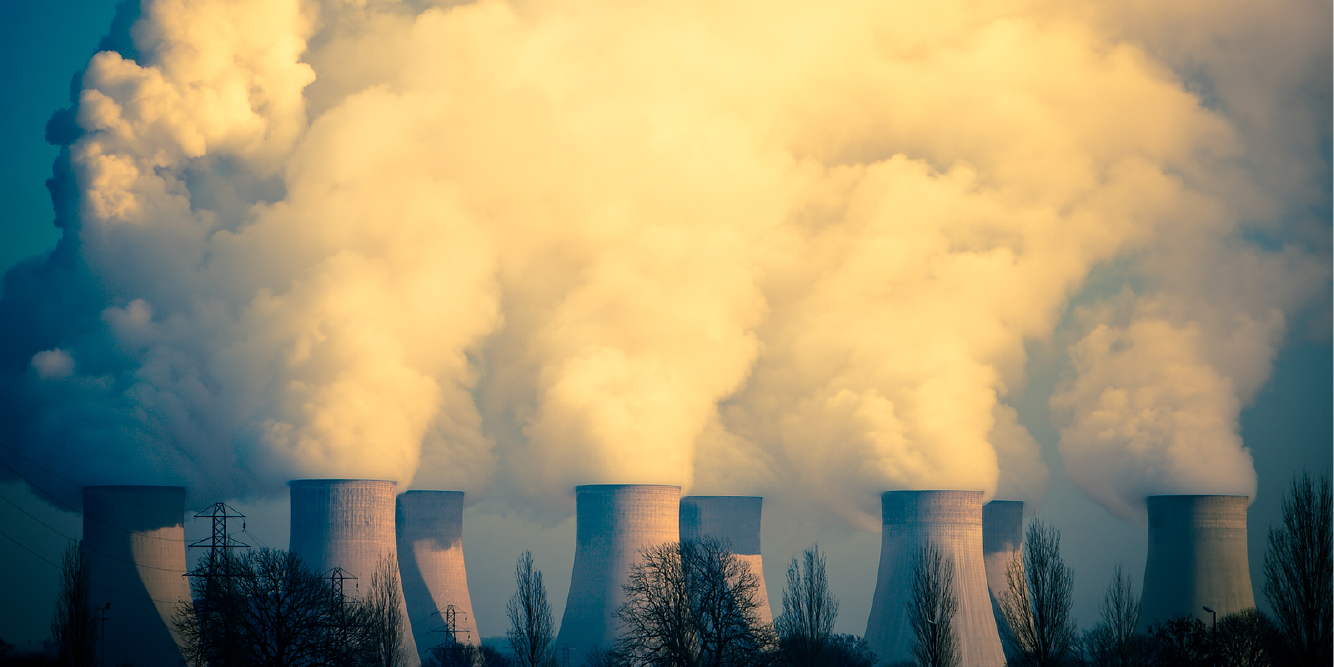Health
Climate change is already damaging human health and will have a greater impact in the future. The health effects of these disruptions include threats to mental health; increased respiratory and cardiovascular disease, injuries, and premature deaths related to extreme weather events; and changes in the prevalence and geographical distribution of food- and water-borne illnesses and other infectious diseases. Climate change also affects the delivery of health care and the ability of communities to rebound from extreme weather events. The most vulnerable—children, the elderly, persons with disabilities, low-income communities, and communities of color—bear a disproportionate burden and are the least equipped to recover.[13]
As climate change poses significant threats to human health, the health sector also contributes nearly 10% of U.S. greenhouse gas emissions. Hospital and health care systems must implement climate-smart healthcare by decarbonizing the health sector and building resilient facilities and public health infrastructure. This includes adapting both infrastructure and service delivery to remain effective in the face of new threats and build resilience in communities.
Without transformational action, climate change will be increasingly severe, leading to more illness, injury, and death; displacement of populations because of food and water scarcity; more frequent natural disasters and violent conflict; and worsening health inequities. By mobilizing climate action for health and health action for climate, the U.S. can reduce climate pollution and build healthy communities that are resilient in the face of climate risks.
Climate solutions must improve all people’s health. Solutions must clear the air, improve land and water quality, and provide healthy food choices to nurture people’s bodies and spirits. They must combat the devastating health impacts of climate change, reduce injury and illness, care for mental health, and extend people’s lives.
Climate solutions must prepare us for harmful impacts. They must protect our families, our communities, and our livelihoods from the harmful impacts we are already experiencing from climate change, and they must center communities that are the most vulnerable to the health and mental health impacts of climate change.
Public Health Infrastructure and Community Resilience
- Climate change must be an integral component of federal, state, and local public health planning and programming.
- Deeply engage communities most vulnerable to health harms of climate change in planning, policy development, and budgeting, offering meaningful roles and power in decision-making processes, and respecting history and traditional ecological knowledge.
- Provide adequate planning and funding to protect all communities from the adverse health impacts of climate change, including robust heat island mitigation; expansion of tree canopies, green space, and green infrastructure; cool roofs and cool pavements; rainwater and graywater capture; strategies to reduce the occurrence and impacts of catastrophic wildfires and floods; community preparedness and resilience training; and increased availability of affordable, climate-adapted housing.
- Provide guidance based on an integrated assessment of the health and health equity outcomes of proposed climate solutions and investments.
- Invest in hospital and community health center resilience by providing funds to conduct climate vulnerability assessments and support infrastructure improvements.
Hospital and Healthcare Facilities
- Implement climate-smart energy, water, transportation, food, anesthetic gas, and waste management practices in health care facilities, clinics, and provider offices.
- Assess vulnerability to extreme weather or other climate-related events that would limit healthcare facility operations, and invest, plan, and implement strategies to build health and mental health system resilience using the BRACE framework[14] in collaboration with public health and other community agencies.
- Improve access to care for those that are uninsured, underinsured, or in rural or underserved communities, as these populations are more likely to experience health threats posed by climate change including increased infectious disease and even pandemics.
References
[13] Refer to the U.S. Fourth National Climate Assessment – Chapter 14: Human Health https://nca2018.globalchange.gov/chapter/14/
[14] Building Resilience Against Climate Effect Framework. Centers for Disease Control. https://www.cdc.gov/climateandhealth/BRACE.htm

